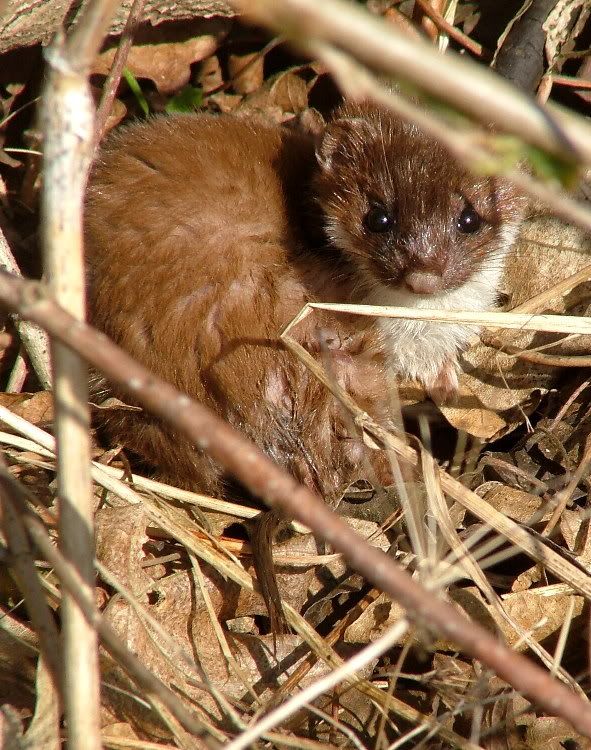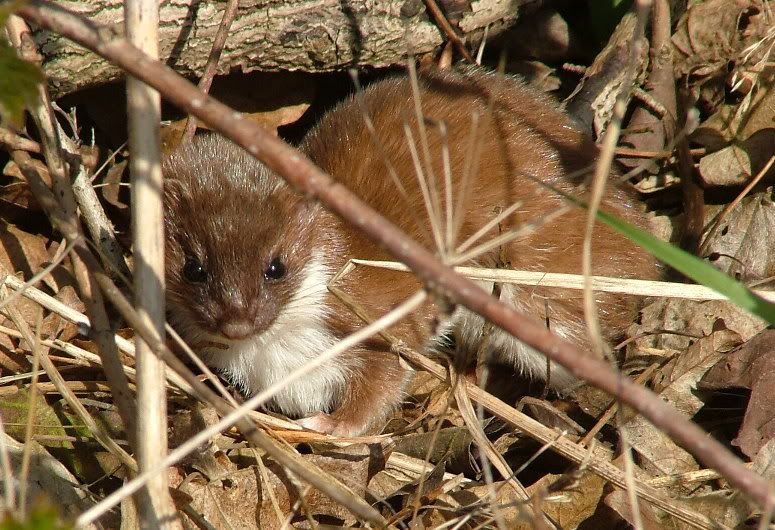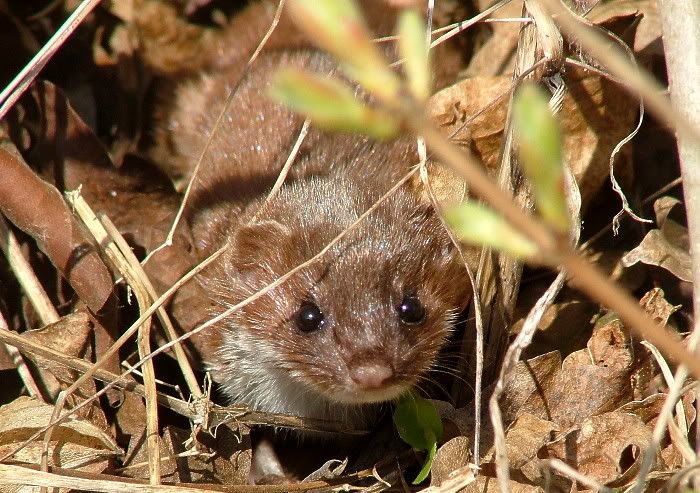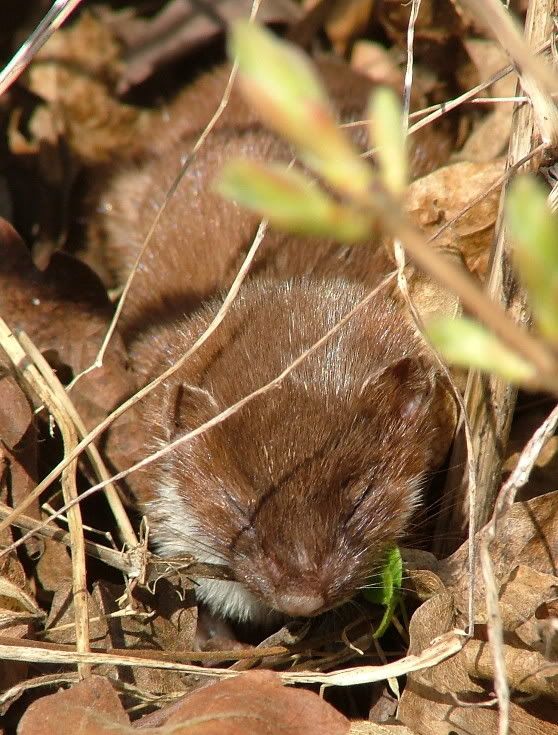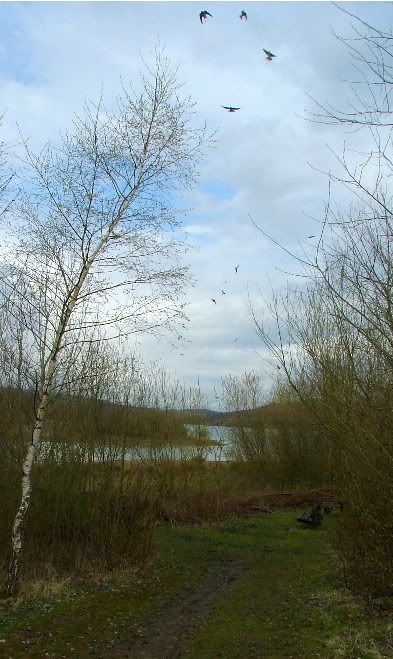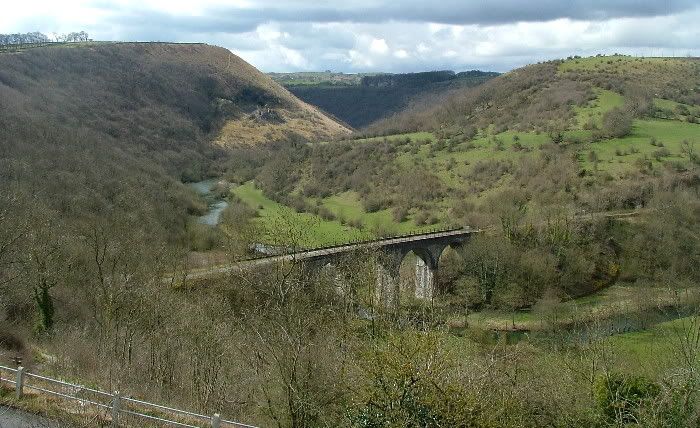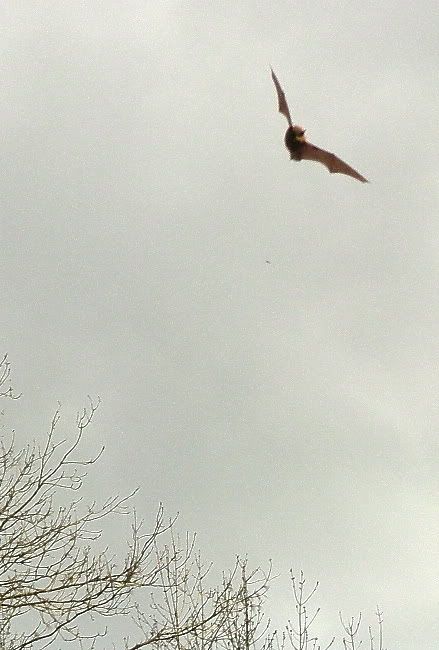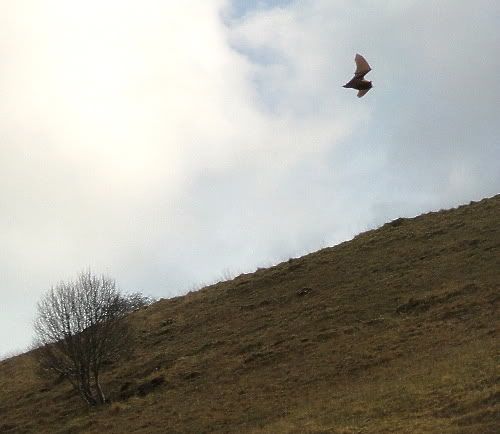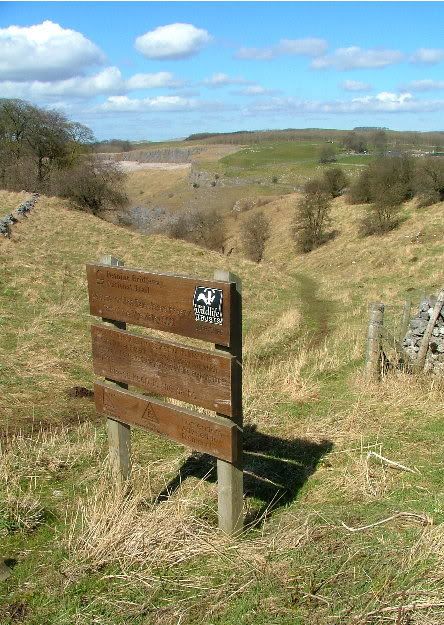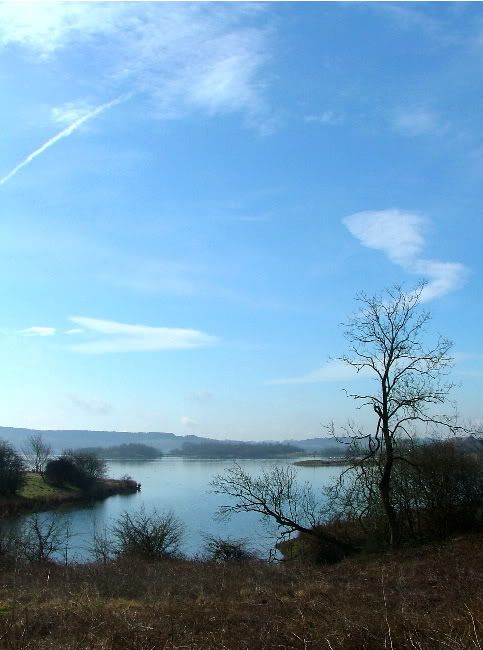
Well folks, I think we can call this spring and the bird life confirms it.
Chiffchaffs are everywhere, and those zipping flocks of hirundines can't be argued against. Birds do it once again, this time enriching us with the hope that very soon it'll be so much warmer outside.
I had another fabulous
ABB day this week, in mostly fabulous weather, and I'll use that word again, we had some fabulous birds coming in, almost a wader bonanza in Carsington terms. Bird of the day was an unbeatable
Greenshank, the site's first for a good long while. Their traditional migration route toward their breeding grounds on the moors and peatland of NW Scotland is coastal, hence the rarity in Derbyshire. Most will winter in Africa, though many also spend the cold months around the SW coast of the UK.
If one thing strikes me when I sight a Greenshank it is their beautiful daintiness, how the bird is almost too delicate. Nearest species we have to
stilts, at present.
Other birds for the day included
Common Sandpiper,
Common Scoter (marine ducks that migrate overland between the Irish Sea and Scandinavian breeding areas at this time of year),
Little Ringed Plover, the regulation pair of
Little Owl,
Wheatear (on the dam - real hot-spot for migrant passerines), and
White Wagtail (the continental race of Pied Wagtail - look for birds with pale grey backs and very clean white flanks below the line of the wing). Almost goes without saying the
Great Northern Diver remains, and now shows a hint of summer plumage on the back. Hopes are high it will turn fully before it departs - into something like
this - handsome or what?
Icing on the cake, and the whole point we do the events at Carsington, was a bumper crop of membership sign-ups for the RSPB. That's win-win for everybody,
for birds, for people, forever.
I have news to report that isn't so sportive. My previous entry reported on the return of the
King's Mill Barn Owls, which is great, but alas I learn today their territory is imperilled. Already an area of superb hunting habitat south of their nest site has been ploughed up for commerical development, which will doubtless include the construction of a new road. The local RSPB group therefore views the long-term future for Barn Owls at the reservoir in very pessimistic terms.
My hopes rest on remembering how they surprised us by turning up, surprised is in their bizarre choice of nest site, surprised us with their breeding success, and I look forward to them surprising us again. I watched one of the birds sat on a post a yard or two from the railway tracks the other night, and for a heart-stopping moment it scarcely flinched as two trains thundered by it. Again, after all the noise had died down it was a surprise to see it calmly perched with the same simple ease it had been before the trains passed. Blaze is the word that springs to mind.
Got five mintes, why not look at the
RSPB's campaigns website?
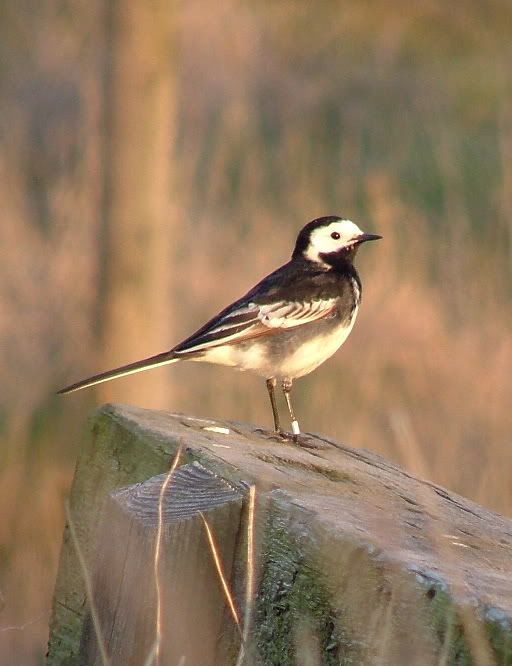 Thought I'd give a little rundown of my recent local birding activities...
Thought I'd give a little rundown of my recent local birding activities...

